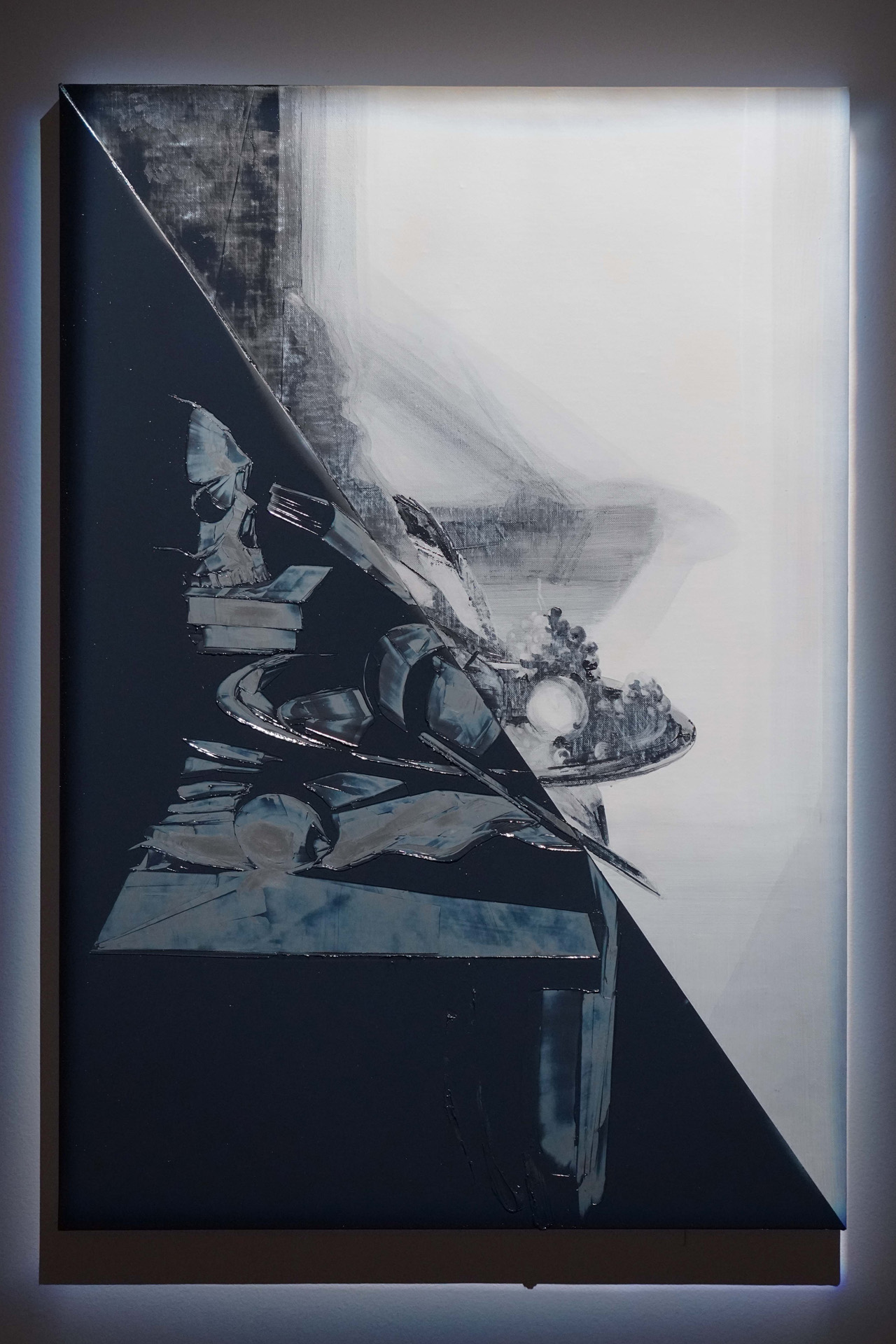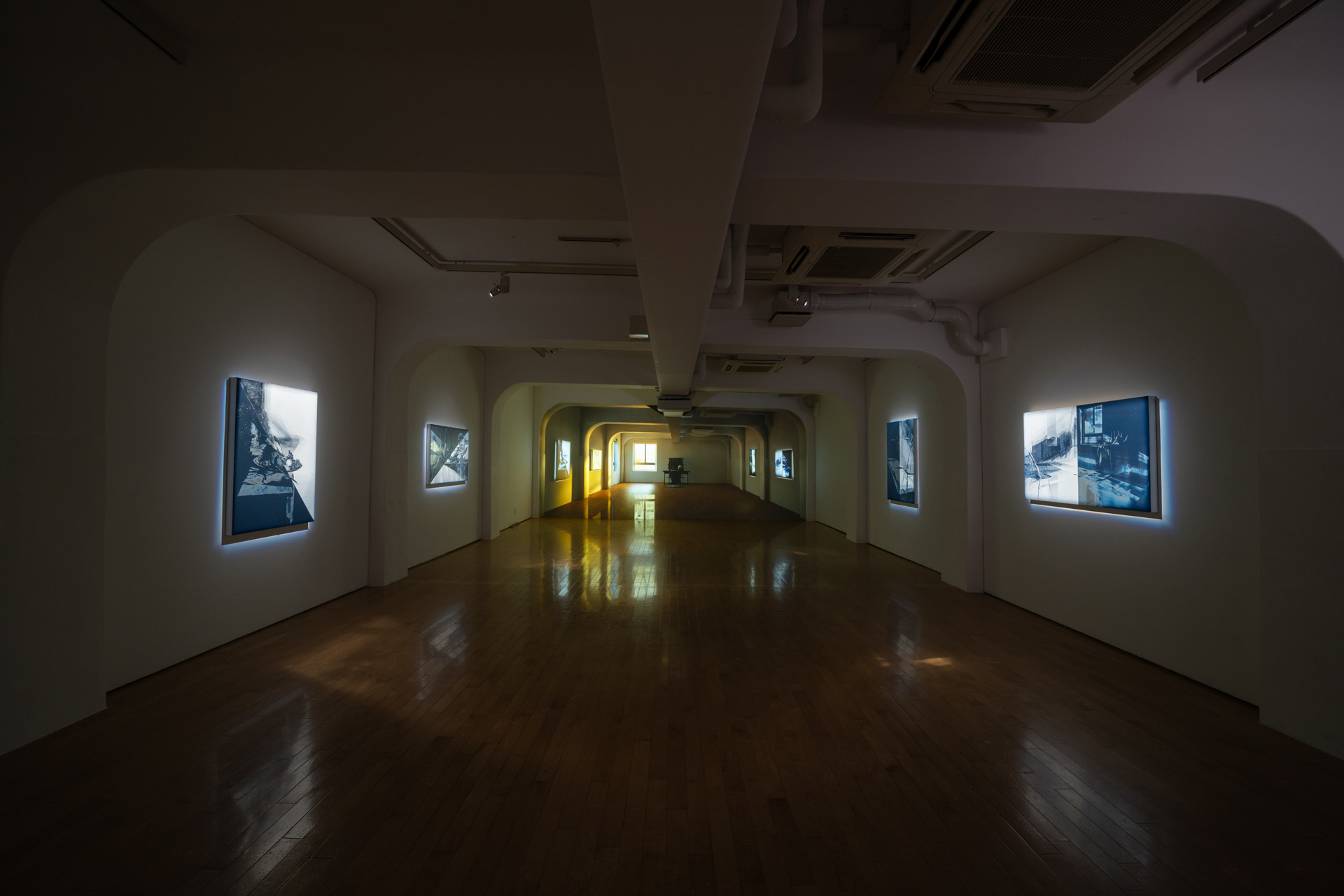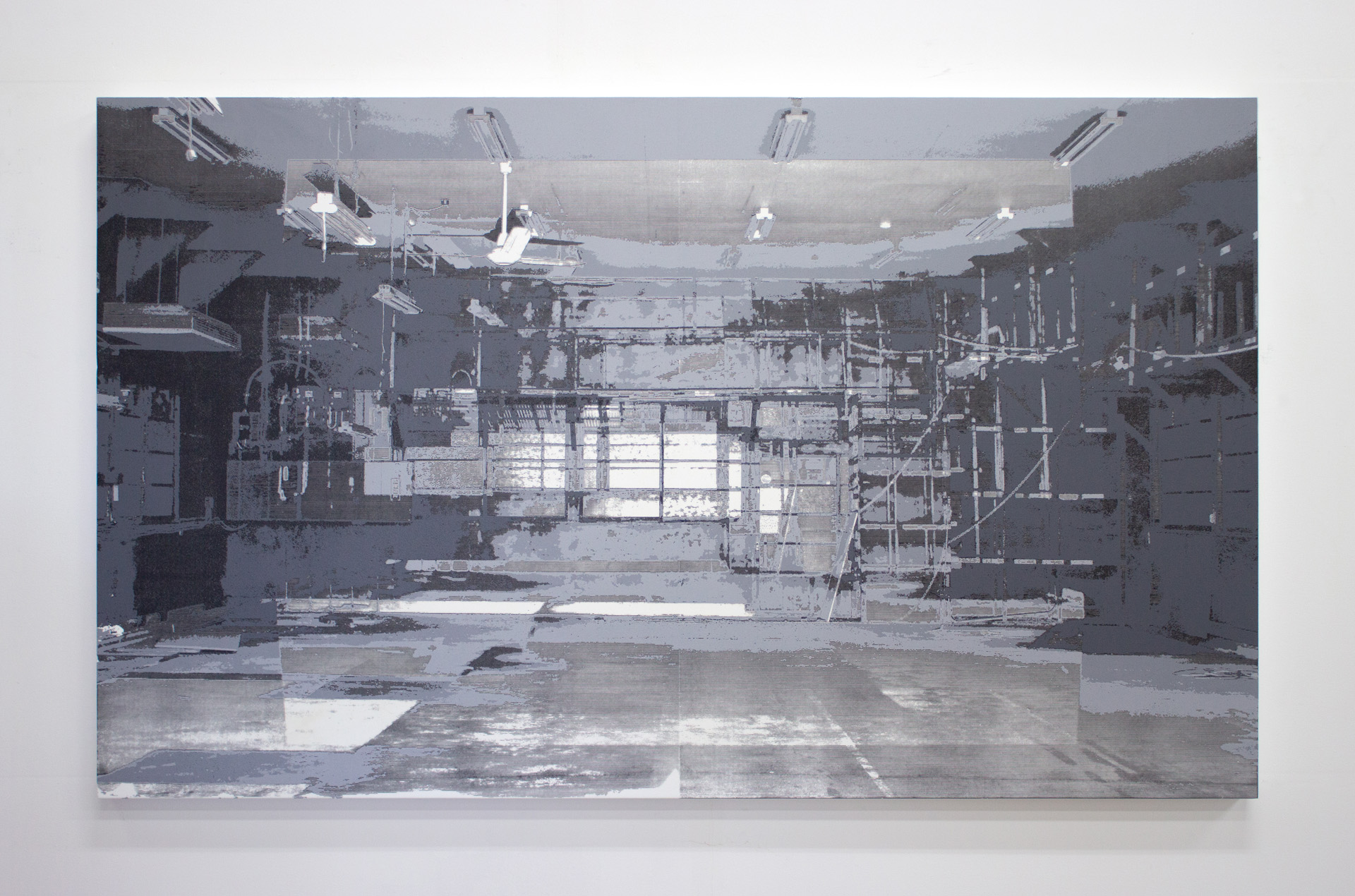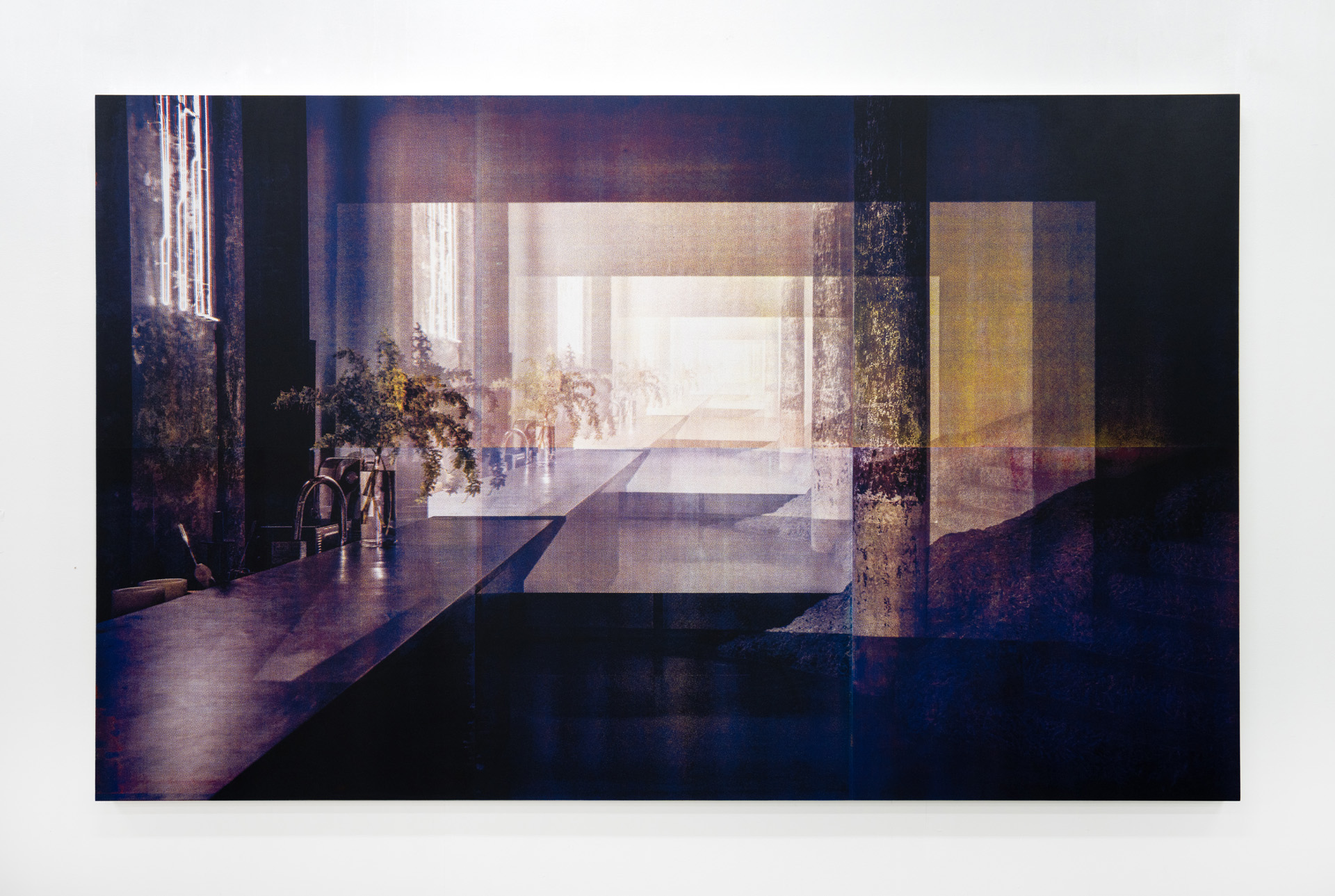
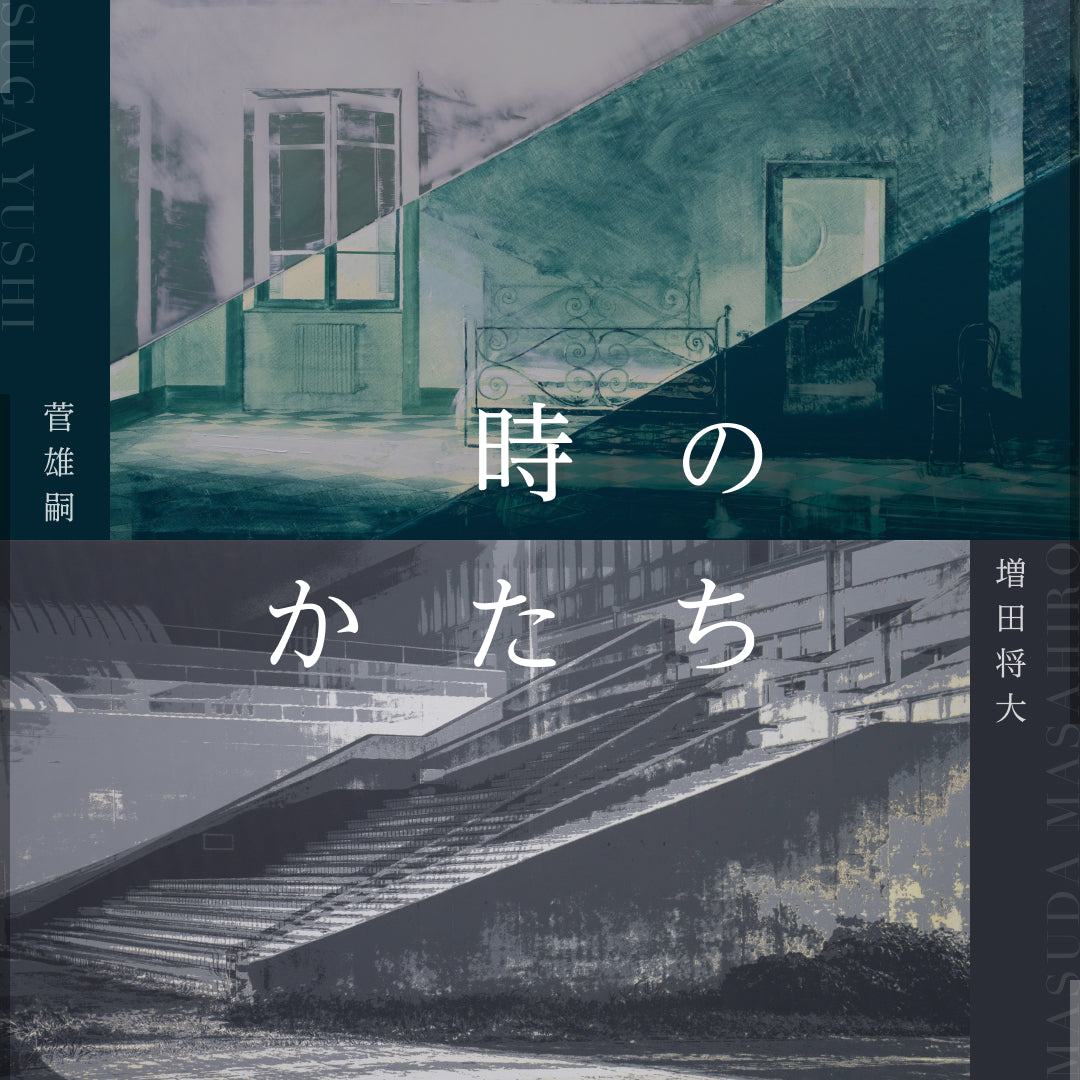
Yuji Suga x Masahiro Masuda "The Shape of Time" [Tokyo]
Exhibition Information
Venue
YUGEN Gallery
KD Minami Aoyama Building 4F, 3-1-31 Minamiaoyama, Minato-ku, Tokyo
Dates
Opening Hours
Weekdays: 13:00-19:00
Weekends and holidays: 13:00-20:00
*Ends at 17:00 on the final day only
Closed Days
None
Date of presence
Admission Fee
free
Notes
Exhibited works images
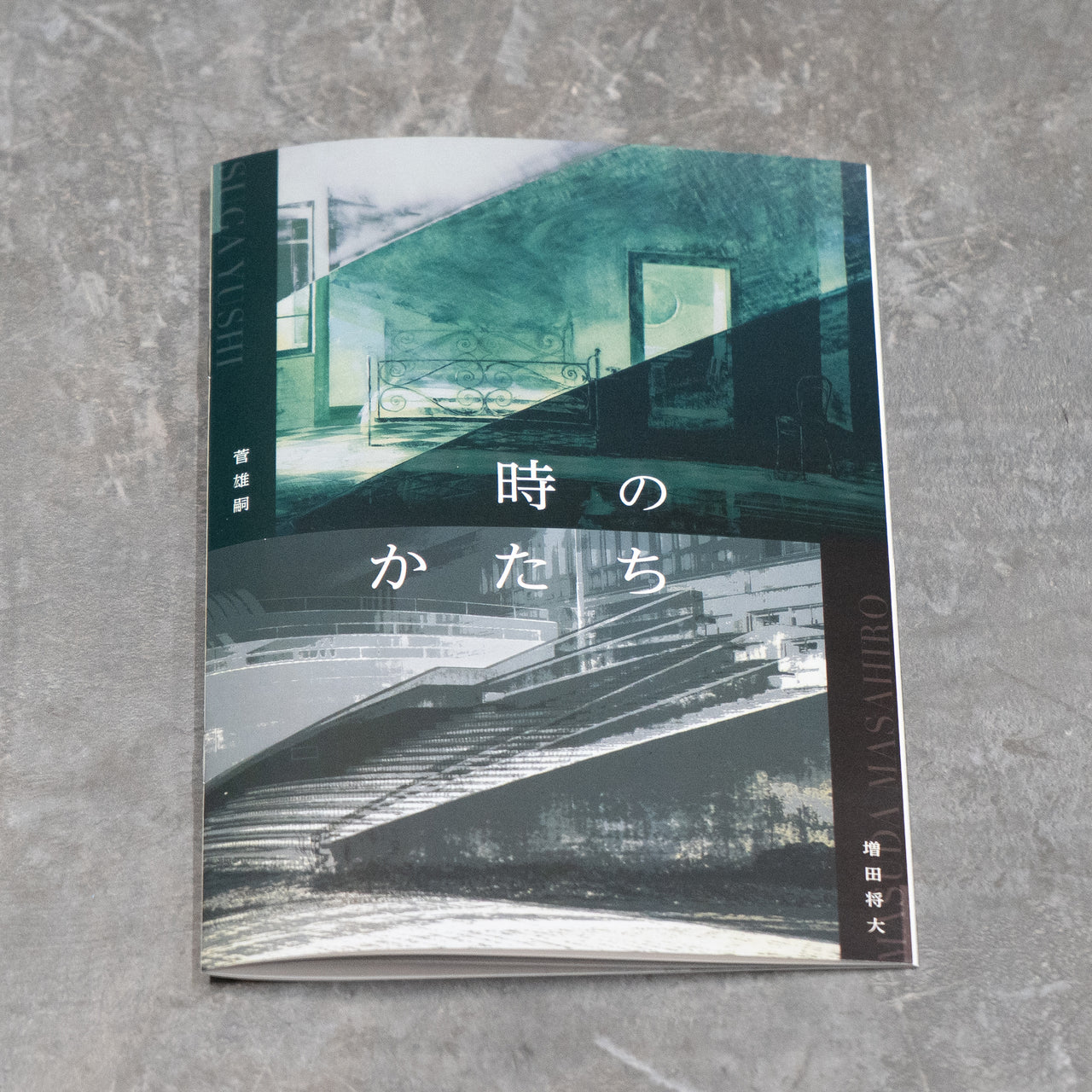
A limited number of original booklets will be distributed to visitors only.
Statement
About sales of artworks
ARTIST INTERVIEW
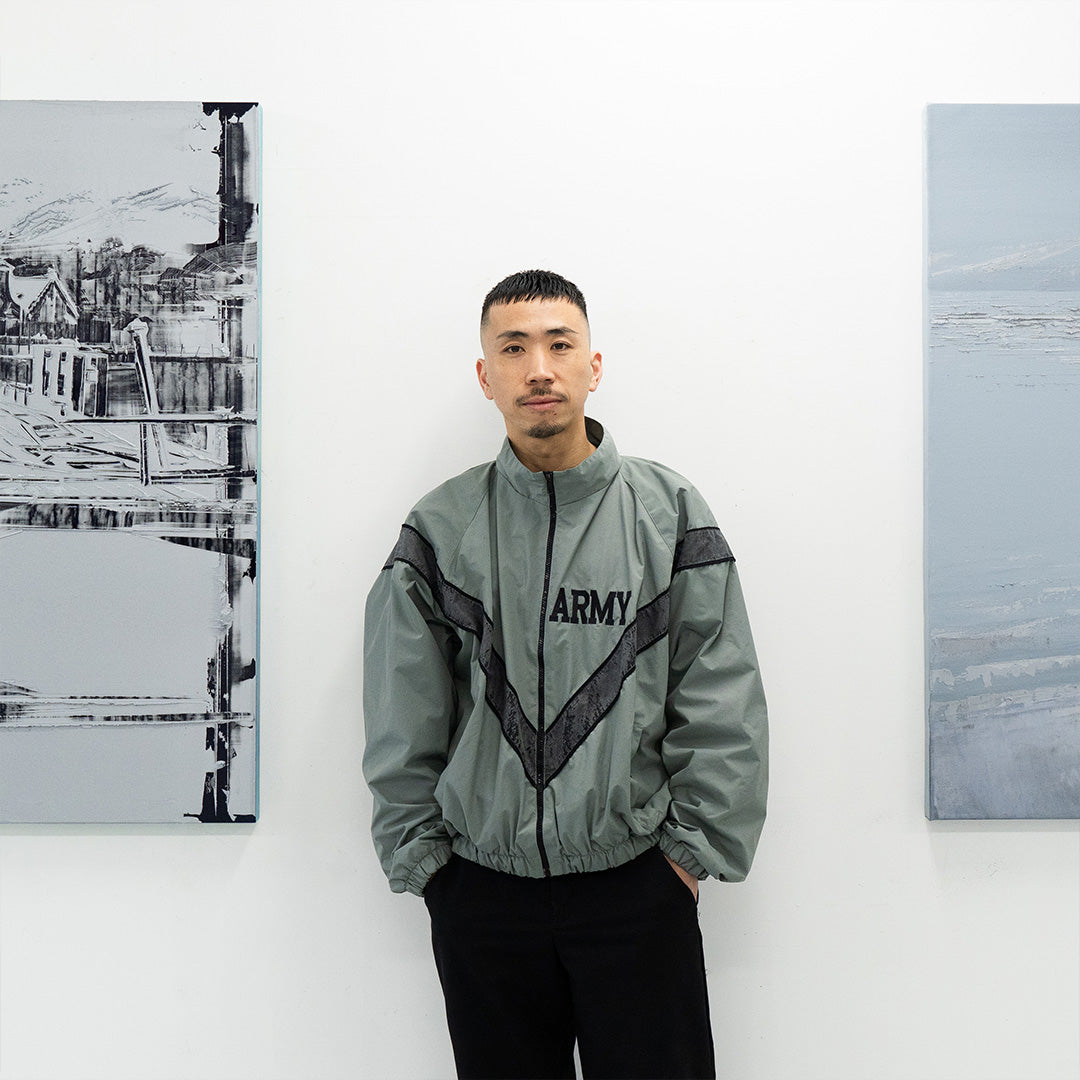
Yuji Suga
Yushi Suga
Suga Yushi / Born in Nagasaki Prefecture in 1988. After studying abroad at the University of the Arts Stuttgart in Germany, he graduated from the Graduate School of Fine Arts, Tokyo University of the Arts, majoring in oil painting, in 2017. His exhibitions include "Scraped painting" (WHITESPACE ONE, Fukuoka, 2017) and "Spring fever" (Komagome Warehouse, Tokyo, 2017). He has received awards such as the 4th CAF Award and the Saito Seiichi Award (2017). His works are included in the collections of the "JAPIGOZZI Collection" and the "Sasa Makoto Collection". He is a member of MAHO KUBOTA GALLERY.
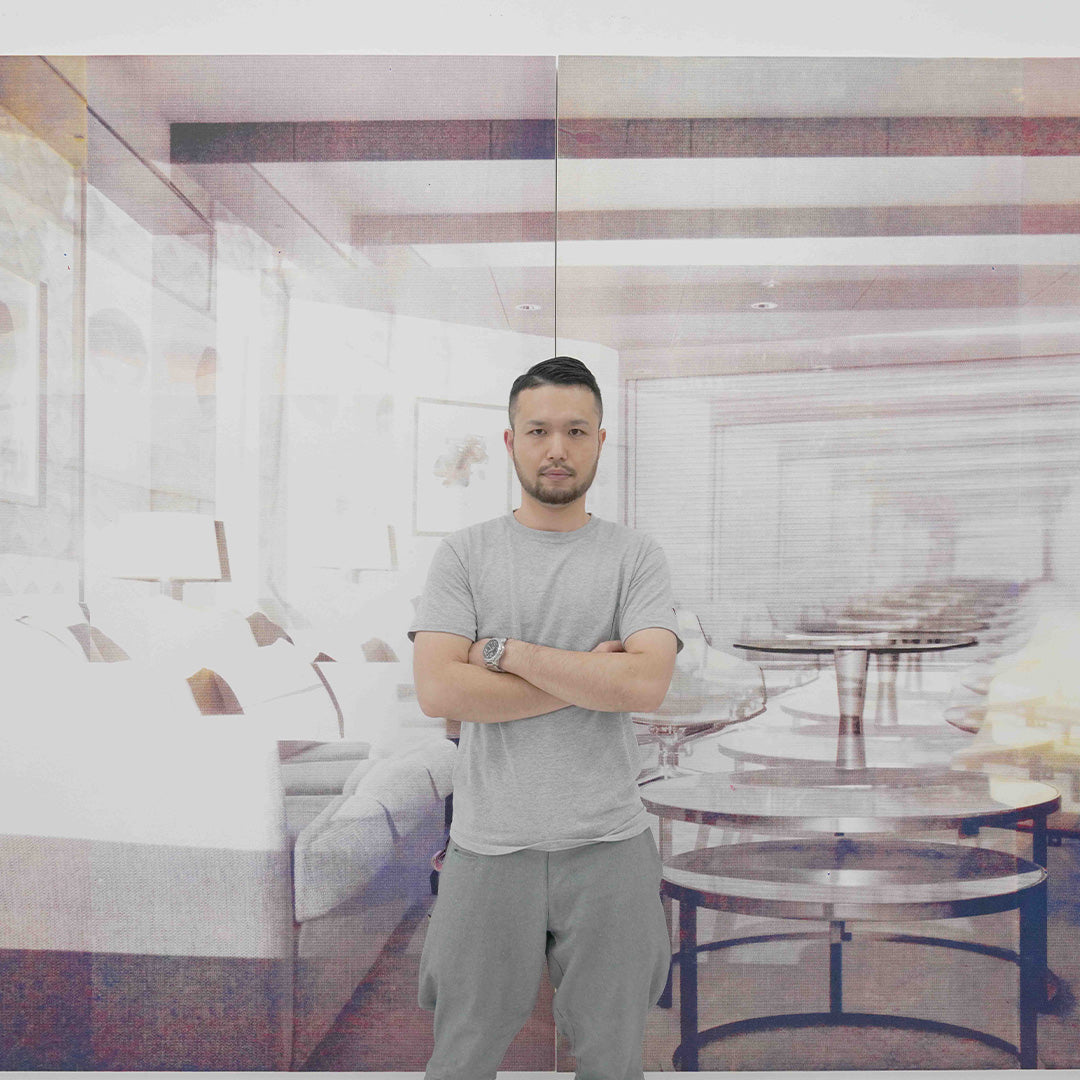
Masahiro Masuda
Masahiro Masuda
Masuda Masahiro / Born in Shizuoka Prefecture in 1991. Completed his doctoral program at Tokyo University of the Arts in 2020. Awards include being selected for the TERADA ART AWARD (2015) and the Tokyo University of the Arts Ueno Geiyu Award (2017). Selected as one of the "100 Newcomer Artists" in the magazine Bijutsu Techo (December 2016 issue). His works are held in the collections of the Contemporary Art Foundation's Maezawa Yusaku Collection and Richmond Hotel Premier Tokyo Scuola.

